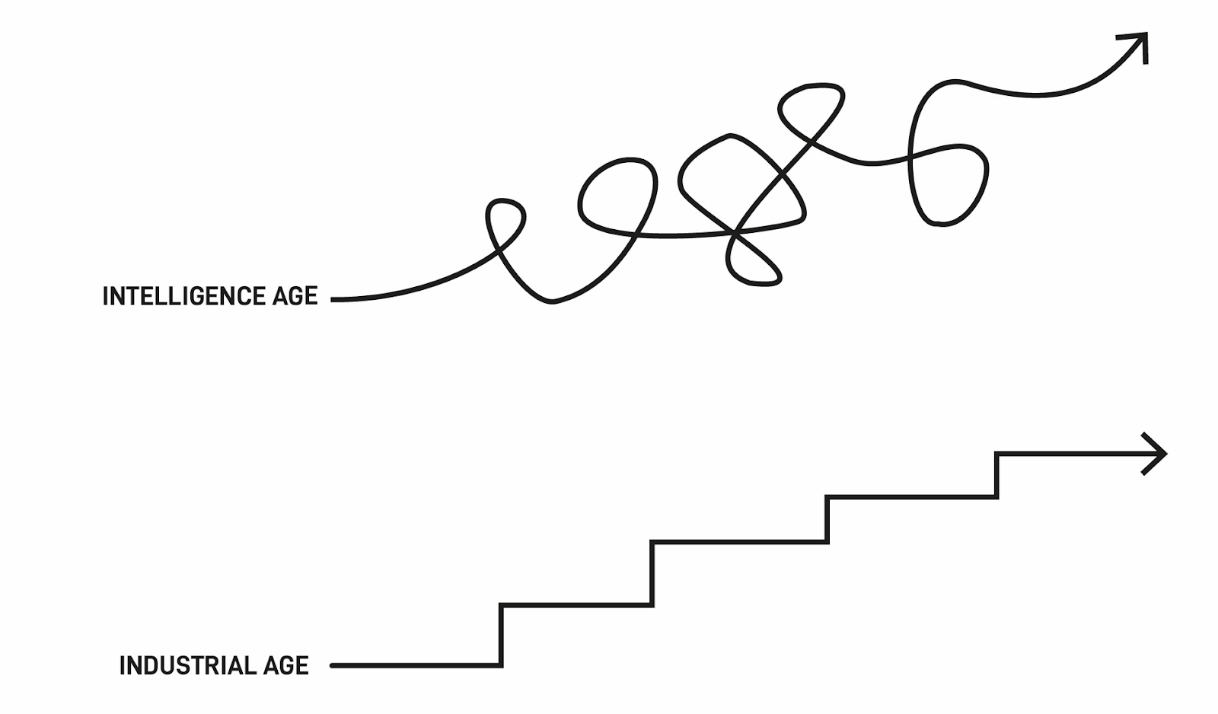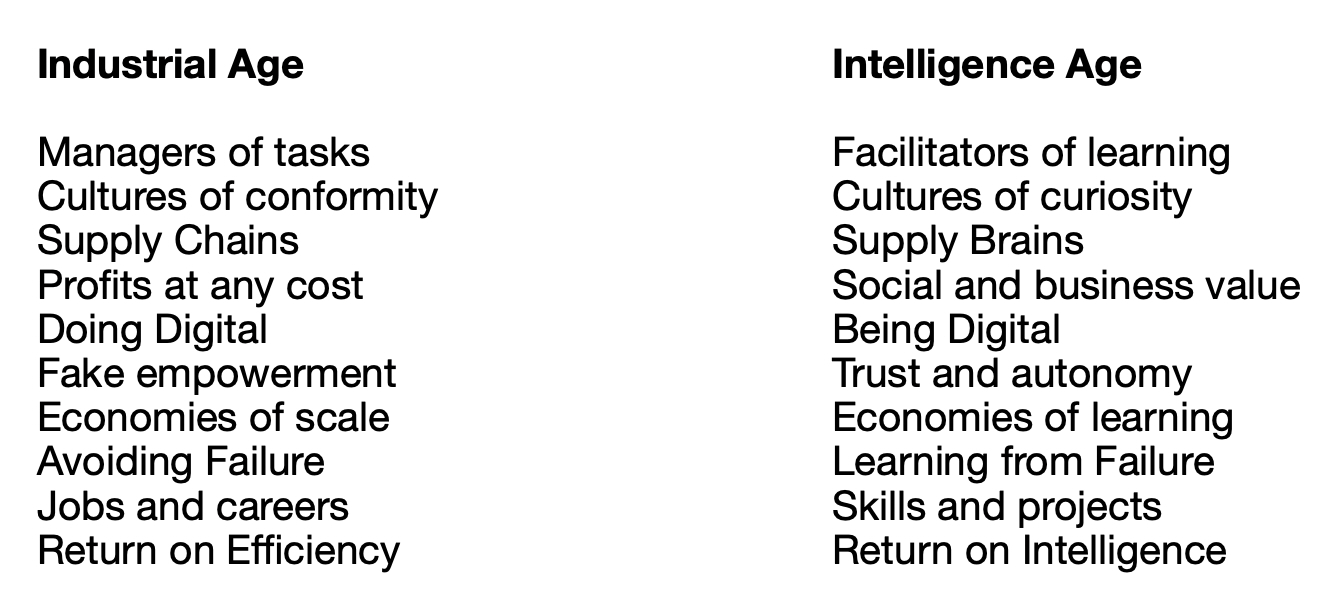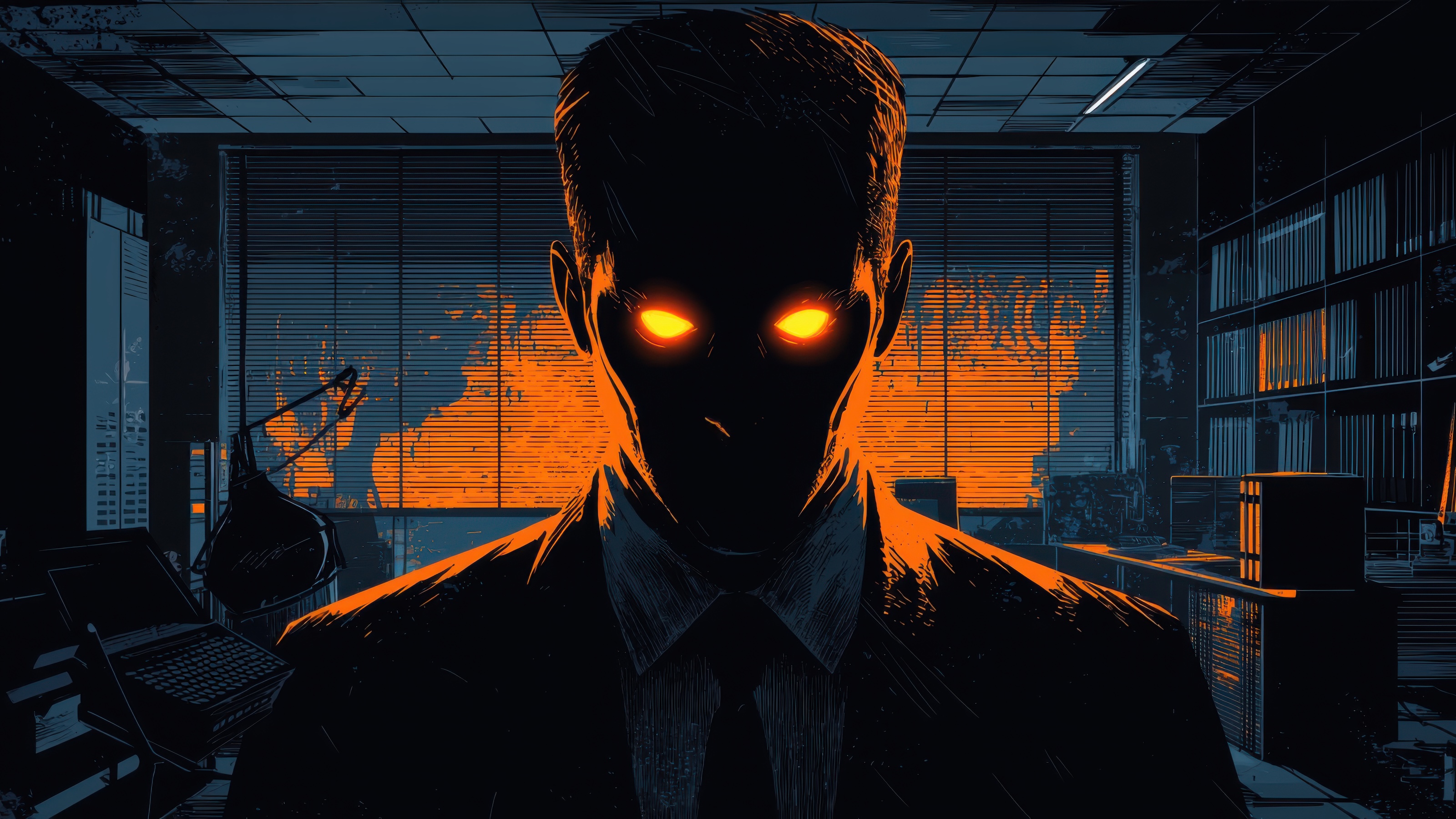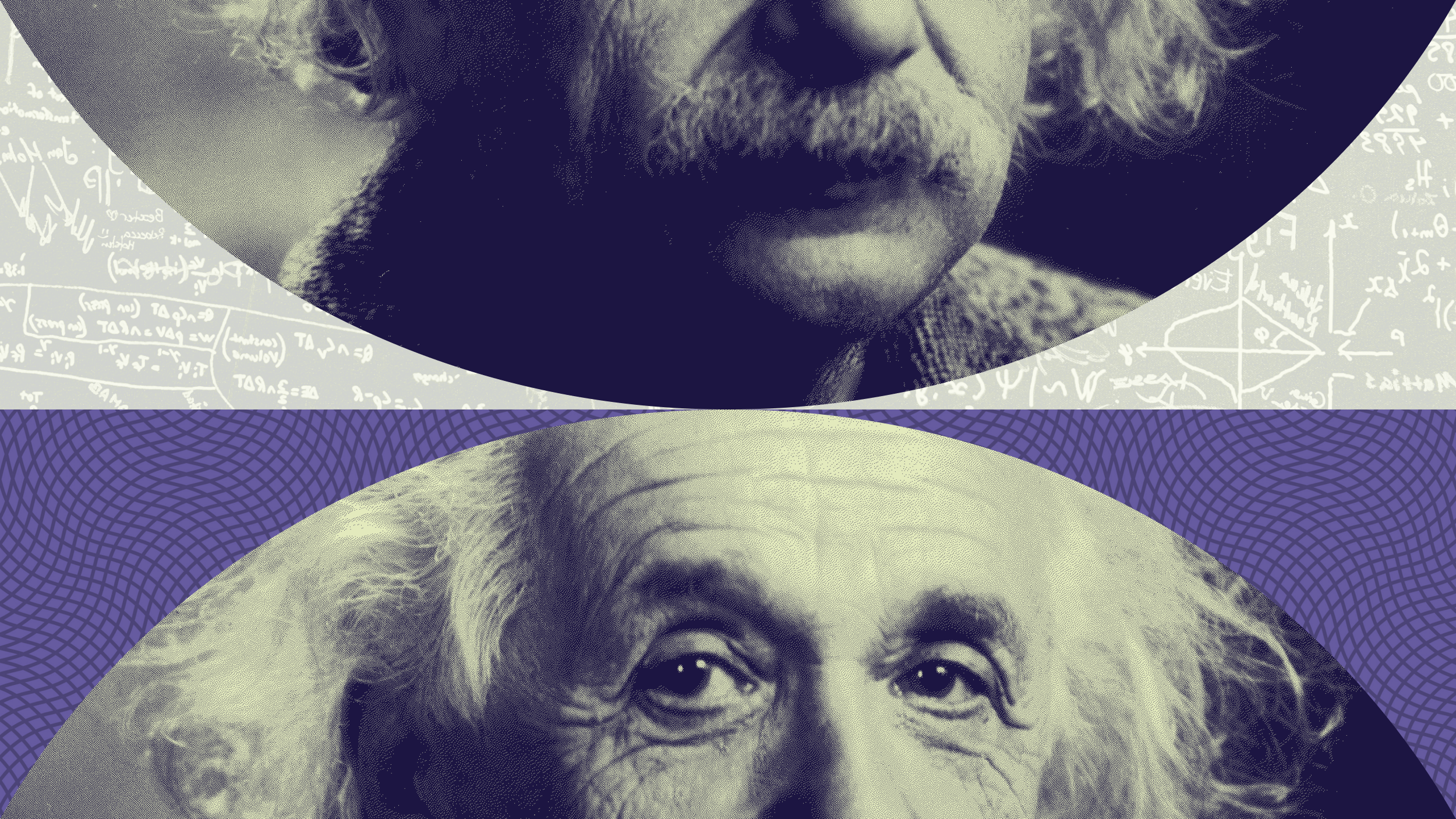Why “unlearning” is your best slayer of “zombie leadership”

- “Zombie leadership” is characterized by a failure to adapt to changing circumstances.
- In essence, “unlearning” is a leadership activity that helps us move from reactive to proactive resilience.
- Unlearning is the ultimate form of intelligence for staying ahead of disruption in the Intelligence Age.
Unlearning could be the highest form of learning in a post-AI world. It’s the ultimate insurance policy against Zombie Leadership (dead leadership that fails to adapt to changing circumstances) and “enshittification” — a term coined by academic Cary Doctorow to describe the slow decay in everything we do. It is at the heart of every future-focused organization, allowing leaders to focus on accelerated growth and rethink outdated mindsets.
At its core, unlearning is a leadership activity that helps us move from reactive to proactive resilience; leaders update their assumptions and behaviors to make space for new learning and keep pace with change. We can’t put more into a full cup. Unlearning ensures that busy, distracted leaders can overcome FOBO — Fear of Becoming Obsolete, stemming from blind spots such as narrow ambition (thinking too small), fragmented alignment (lack of unity), or execution uncertainty (lack of focus and commitment). Unlearning for leaders is a skill set but also a mindset for leaning into the discomfort of change and being willing to think and act differently to lead from the future, not the past.
Learning for today while unlearning for tomorrow
Before futurists became a ‘thing,’ the writer Alvin Toffler said, “The illiterate of the 21st century will not be those who cannot read and write, but those who cannot learn, unlearn, and relearn.” In leadership, the most valuable currency is not how much you know but how well you learn, relearn, and unlearn. Emerging research on neuroplasticity shows that our brains continuously create new growth pathways and discard others and that when we learn something new, we build new connections between our neurons. Like our leadership, our brains can adapt to new contexts, constraints, and challenges if we use unlearning to find the upside in disruption. The more I think about the limitless potential of unlearning, the more convinced I am that leaders share a universal shortcoming because there’s a lot we need to unlearn as the world evolves faster and the “Half-Life of Everything” is speeding up the urgency to unlearn.
The Half-Life of Everything is the time it takes for something to lose its currency before it is innovated away, and it’s getting exponentially shorter as AI speeds up ‘disruption everywhere and all at once.’
The half-life of skills is five years, and technical skills are 2.5 years or less:
- The half-life of competitive advantage is less than eighteen months for S&P 500 companies
- The average CEO tenure of S&P 500 companies has decreased by 20% from six years in 2018 to 4.5 years today
- In science, the half-life of medical knowledge is 24 months, and it is projected to reach 100 days by 2027
As organizational speed increases, so must the rate of unlearning, or we risk falling behind and losing permanent relevancy. Disruption is the rule. The problem is that leaders need help to prepare for the Half-Life of Everything because they excel at adding complexity to complexity and have a bias against subtraction; they need to improve at elimination because they are drowning in data and information. Perhaps the challenge of our times isn’t learning; it’s unlearning.

It’s time to unlearn old leadership mindsets, cultures, and assumptions and say “goodbye” to Industrial Age thinking.


Stephen Hawking famously observed that ‘intelligence is the ability to adapt to change.’ Unlearning is the ultimate form of intelligence for staying ahead of disruption in the Intelligence Age. In the 20th century, organizations focused on control, efficiency, and economies of scale. Today, in a post-industrial world, the focus is on economies of learning and collective trust. In a rapidly changing environment where company life-spans are shortening, leaders must strengthen two types of trust, essential for unlearning: 1. Challenger Trust, showing the courage to call out blind spots, testing old wisdom and certainties, and updating outworn beliefs; and 2. Mission Trust is willingness to lead the enterprise as one team and elevate belief and commitment in each other.
Challenger Trust
- Lean into the discomfort of feedback
- Share divergent points of view
- Challenge taken-for-granted norms
- Speak up about issues and call out blind spots
- Shared reality to shape the future
Mission Trust
- Lead the enterprise together
- Align around must-win priorities
- Lead as one unified team
- High execution certainty
- A Win Together mindset
Mind the agility gap
Most organizations list agility as one of their top three strategic priorities, yet according to Hack Future Lab, only 18% describe themselves as having agile-wide behaviors. The agility paradox is one of the reasons why unlearning is the key to pushing the business beyond its usual boundaries, turning risk into reward, and leading change. Without unlearning, leaders are overwhelmed with too many meetings, priorities, and activities that don’t harness intelligence or create value. Take so-called ‘best practices’ that no longer function as intended and are now ‘broken practices.’ Yet, we still waste time and energy using them or work cultures that recognize and reward conformity more than courage or curiosity. Enough is enough. We must show humility in rejecting zombie leadership, starting with where leaders should invest their time for future readiness. Good leaders learn, but the best leaders unlearn.





